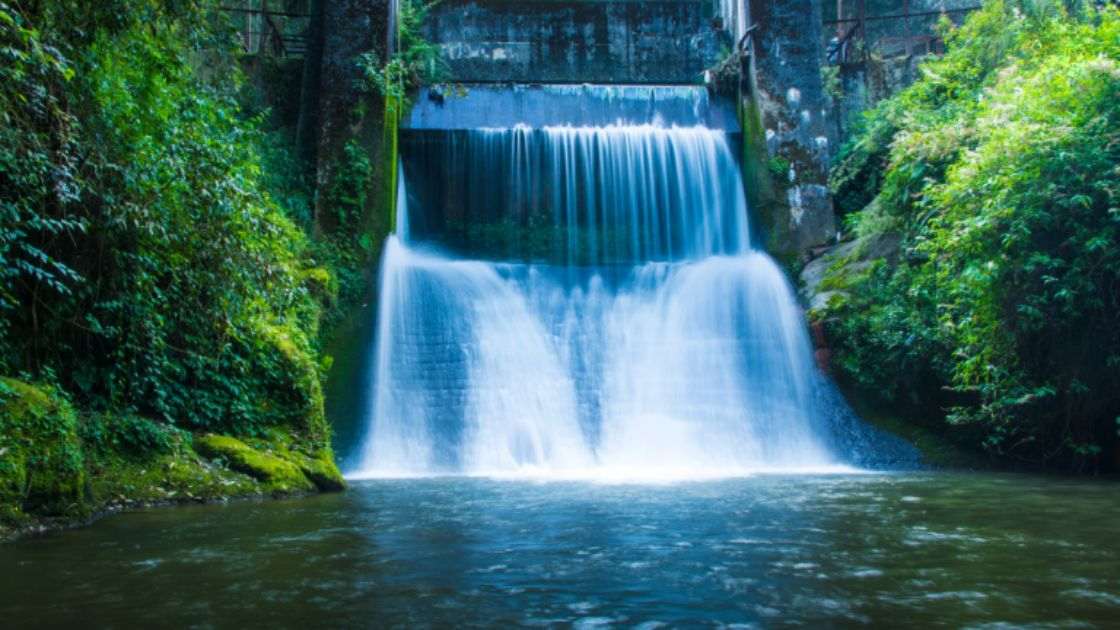Hydropower
Hydropower, or hydroelectric power, is one of the oldest and largest sources of renewable energy, which uses the natural flow of moving water to generate electricity. Hydropower currently accounts for 31.5% of total U.S. renewable electricity generation and about 6.3% of total U.S. electricity generation.
While most people might associate the energy source with the Hoover Dam—a huge facility harnessing the power of an entire river behind its wall—hydropower facilities come in all sizes. Some may be very large, but they can be tiny, too, taking advantage of water flows in municipal water facilities or irrigation ditches. They can even be “damless,” with diversions or run-of-river facilities that channel part of a stream through a powerhouse before the water rejoins the main river. Whatever the method, hydropower is much easier to obtain and more widely used than most people realize. In fact, all but two states (Delaware and Mississippi) use hydropower for electricity, some more than others. For example, in 2020 about 66% of the state of Washington’s electricity came from hydropower.
How Does Hydropower Work?
Hydropower technologies generate power by using the elevation difference, created by a dam or diversion structure, of water flowing in on one side and out, far below, on the other.
What is the cost of Hydropower?
Hydropower is an affordable source of electricity that costs less than most. Since hydropower relies only on the energy from moving water, states that get the majority of their electricity from hydropower, like Idaho, Washington, and Oregon, have lower energy bills than the rest of the country.
Compared to other electricity sources, hydropower also has relatively low costs throughout the duration of a full project lifetime in terms of maintenance, operations, and fuel. Like any major energy source, significant upfront costs are unavoidable, but hydropower’s longer lifespan spreads these costs out over time. Additionally, the equipment used at hydropower facilities often operates for longer periods of time without needing replacements or repairs, saving money in the long term.
The installation costs for large hydropower facilities consist mostly of civil construction works (such as the building of the dams, tunnels, and other necessary infrastructure) and electromechanical equipment costs (electricity-generating machinery). Since hydropower is a site-specific technology, these costs can be minimised at the planning stage through proper selection of location and design.
What are the benefits of Hydropower ?
The benefits of hydropower have been recognized and harnessed for thousands of years. In addition to being a clean and cost-effective form of energy, hydropower plants can provide power to the grid immediately, serving as a flexible and reliable form of backup power during major electricity outages or disruptions. Hydropower also produces a number of benefits outside of electricity generation, such as flood control, irrigation support, and water supply.
Content Specific Keywords: #hidroeletrica#electricalengineers#generatorstesting#mundodaeletrica#weloveelectricalengineering#electricians#engenhariael#trica#geradoresdeenergia#eletricidade#engenhariaeletrica#eletricaindustrial#eletrotecnica#electricianspecialists#partialdischarges#eletricista#electricianofinstagram#energy#renewables#powergeneration


